May 19, 2015
Lateness and constant whining are most annoying office habits
 Someone who is perpetually late is the most annoying workplace colleague according to a new survey of UK office workers, although only a third are prepared to do anything about it. However, just over 40 percent of respondents said that this kind of behaviour made them consider leaving their jobs with a striking five percent having actually followed through with such a decision. Colleagues who whine all the time were found to be the second most annoying people, the study into annoying office habits by Viking reveals. Misspent time was a key theme amongst the top five habits on the list of twenty, with excessive smoking breaks and deliberate procrastination taking top positions. Contrary to popular belief, jargon isn’t the most annoying practice to plague our offices. In fact, both men and women rated jargon in the bottom three.
Someone who is perpetually late is the most annoying workplace colleague according to a new survey of UK office workers, although only a third are prepared to do anything about it. However, just over 40 percent of respondents said that this kind of behaviour made them consider leaving their jobs with a striking five percent having actually followed through with such a decision. Colleagues who whine all the time were found to be the second most annoying people, the study into annoying office habits by Viking reveals. Misspent time was a key theme amongst the top five habits on the list of twenty, with excessive smoking breaks and deliberate procrastination taking top positions. Contrary to popular belief, jargon isn’t the most annoying practice to plague our offices. In fact, both men and women rated jargon in the bottom three.




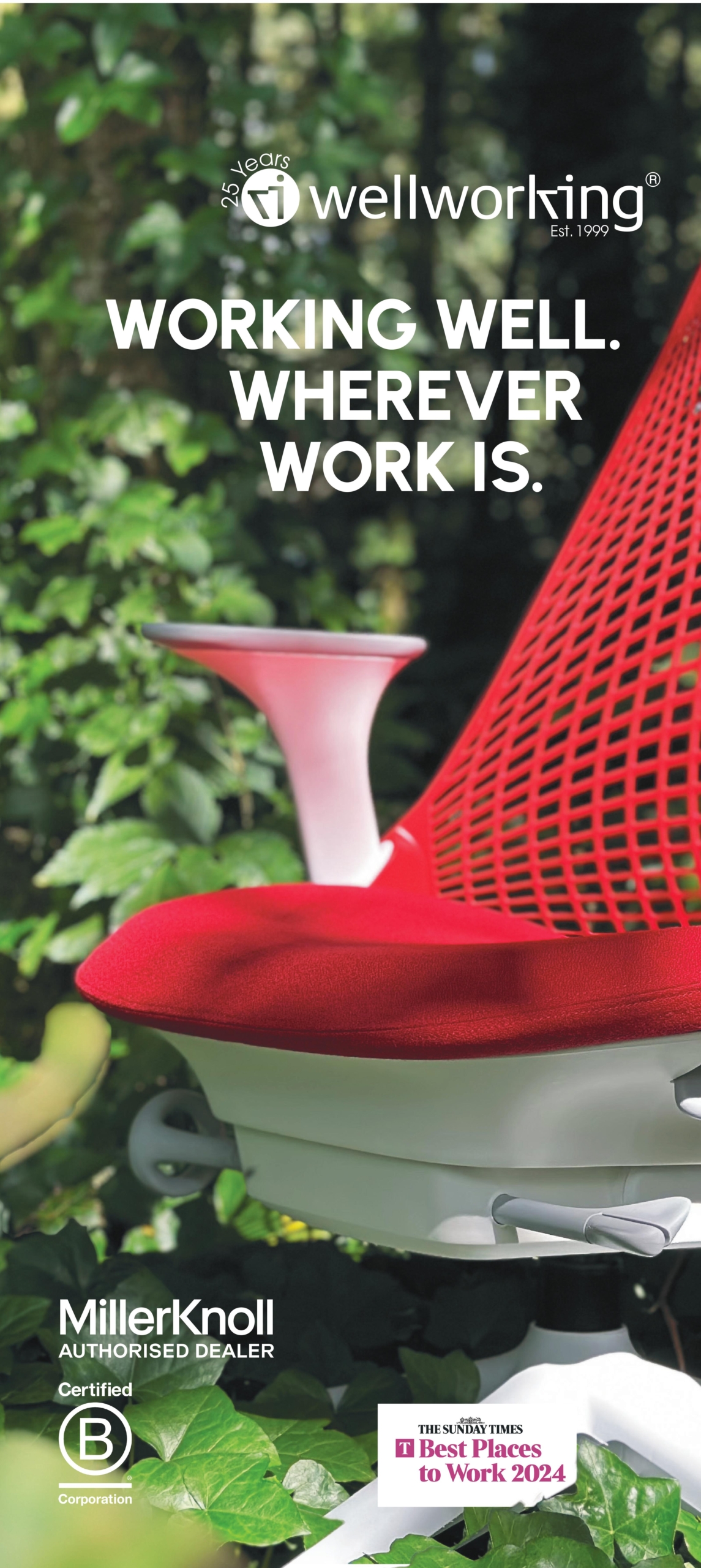





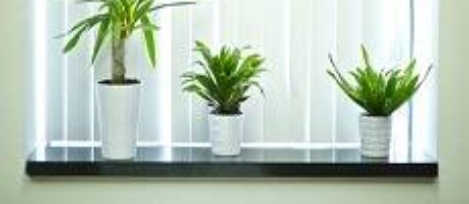










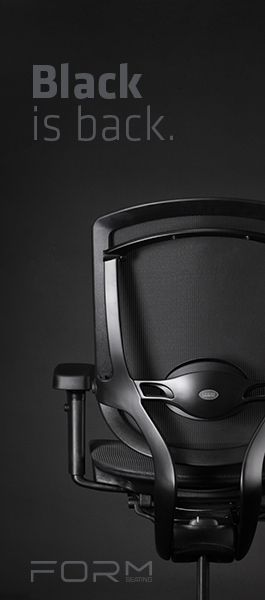



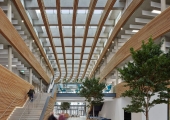
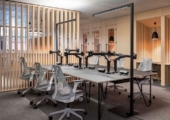


April 12, 2015
A preview of this year’s Milan International Furniture Fair 0
by Justin Miller • Comment, Events, Furniture, Workplace design
More →